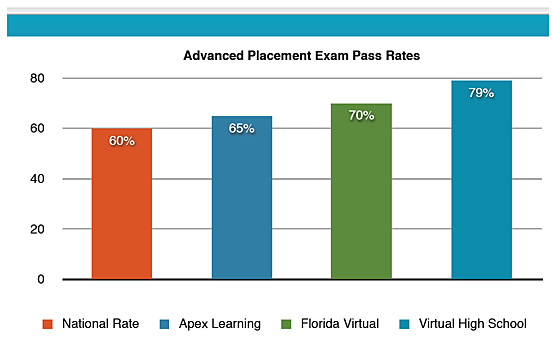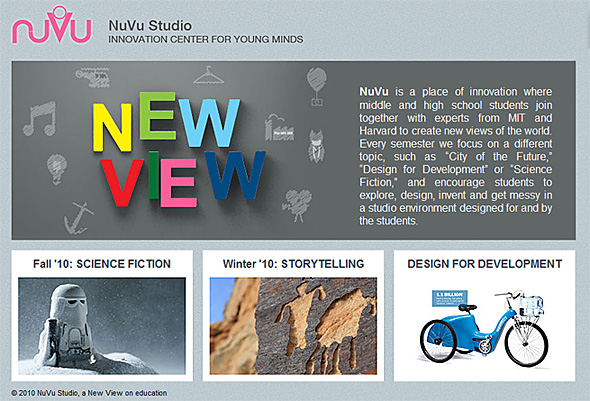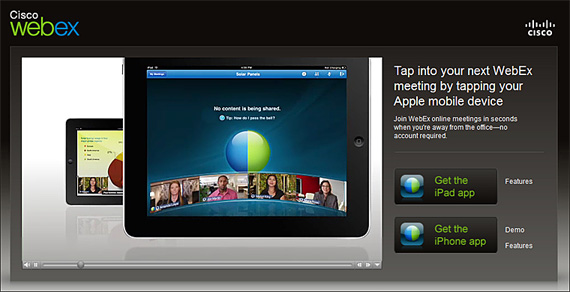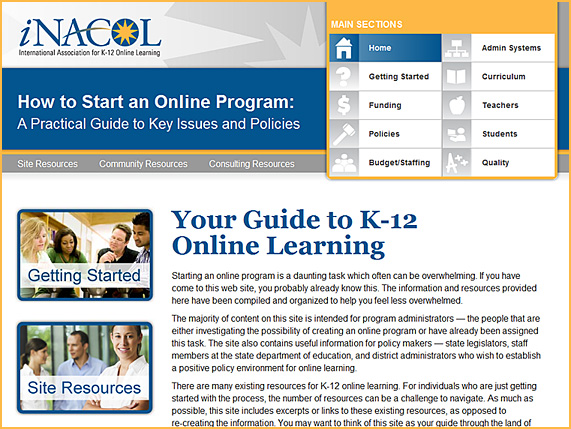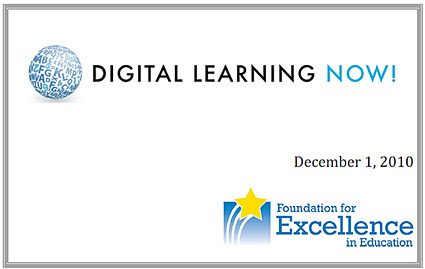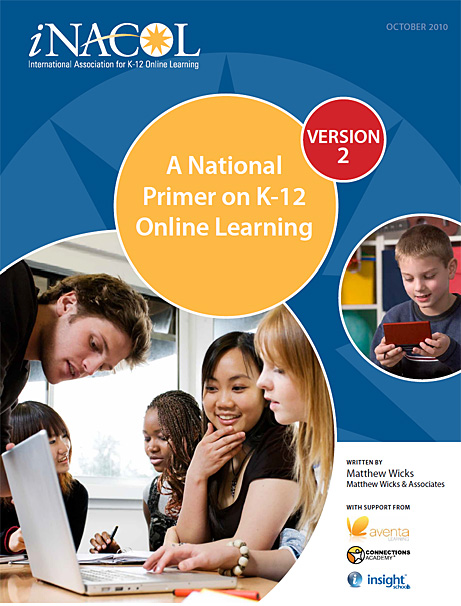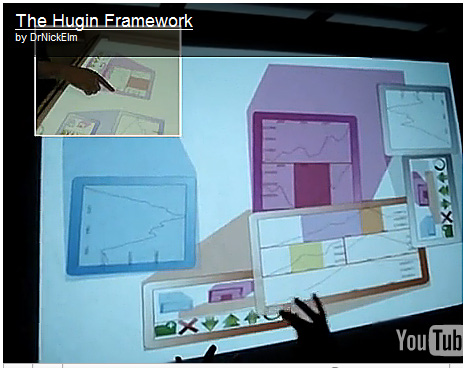Report on education technology investments — from Education Stormfront
Student advancement will be determined by mastery of subject, not the time spent in class. Through real time and ongoing assessment, the ability to do on-the-fly prescription and “one-on-one” instruction is made possible. “Adaptive Technology” which is used with overwhelming success at companies like Amazon and Netflix, is being incorporated in learning technology that is getting smarter and more personalized with each click. Dreambox Learning is a window to the future showing remarkable results with kids playing math games and learning at an incredibly fast rate. Agilix/Brain Honey is in part a next generation learning management system (LMS) and in part a next generation learning platform that has great traction.
An exceprt from the report at:
http://www.nextupresearch.com/Site/NEXT_up!_files/neXtup%2012.5.10.pdf
The “quiet” growth has been impressive. Currently there are 1.5 million K-12 students online with either a virtual class or blended mode, up from zero students 10 years ago. 38 States have virtual Charter School laws and Alaska has a statewide online program. “Innovator Dilemma” guru Clayton Christensen estimates that 50% of all K-12 classes will be online by 2019.
From DSC:
Thanks crudbasher for publishing this posting. What I found interesting was the amount being invested in the Kno tablet — $46 million. Wow. Change is around the corner…again.









